Google Meet Transcription : a Complete Guide

Get the work done for any meeting
Meeting transcription, AI custom notes, CRM/ATS integration, and more
Native transcription in Google Meet can give you the text of everything discussed.
But how to set it up and get the most of it ?
In the sections that follow, you’ll learn how to set up and use Google Meet’s built-in transcription.
How to set up & use Google Meet native transcription
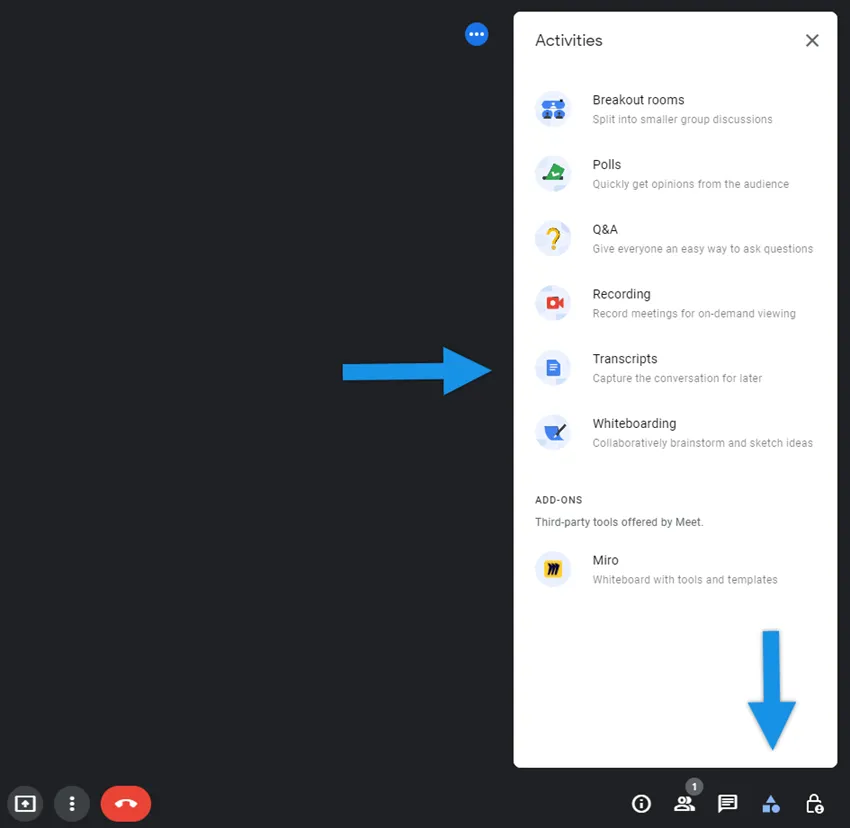
First, check that your account supports meeting transcripts. The “Transcripts” feature is available on a computer or laptop (not mobile devices) and only for certain Google Workspace editions.
Also, your organisation’s administrator must have enabled transcription in the Admin console. Without that, you won’t see the option.
Once everything is enabled and you’re in a meeting on your computer, here’s what you do:
- Join or start the Google Meet session.
- At the bottom-right of the meeting window click Activities.
- From the menu choose Transcripts, then select Start transcription and click Start.
- You should see a “Transcripts” icon appear (often top-left) to indicate it’s active.
- When you’re done, or simply when the meeting ends and participants leave, you can stop the transcription by going through the same menu: Activities → Transcripts → Stop transcription.
Once the meeting finishes, the transcript doesn’t just vanish. Here’s what happens:
- An automated email is sent to the meeting host, any co-hosts, and the person who turned on the transcription with a link to the transcript file.
- The transcript is also placed in the meeting organiser’s Google Drive, in the “Meet Recordings” folder. You may find it through Drive search by the title (usually the meeting title + date + “- Transcript”).
- If the meeting was scheduled in Calendar, the transcript will also be attached to the Calendar event for easy access.
Google Meet AI transcription Troubleshoot

Problem 1: The “Transcription” option doesn’t appear
What’s going on?
You join a meeting on Google Meet, click Activities → and you don’t see “Transcripts” (or “Start transcription”) in the menu.
Likely causes:
- Your Google Workspace edition doesn’t support transcripts.
- The admin hasn’t enabled meeting transcripts for your user group.
- You’re on a device or scenario that doesn’t support it (e.g., mobile browser).
Solution for you: - Check which Google Workspace plan your organisation uses and whether it includes transcripts (e.g., Business Standard, Enterprise) as specified by Google.
- Have your IT admin go to Admin Console → Apps → Google Workspace → Google Meet → Meet video settings → Meeting transcripts and toggle it on for your organisational unit.
- Use a supported device: desktop/laptop browser rather than mobile.
- Once changes are made, wait up to 24 hours for them to propagate across your account.
Why this matters for you:
Making the setting visible ensures your team can reliably hit “Start transcription” every meeting — avoiding ad hoc workarounds.
Problem 2: The transcript file doesn’t appear after the meeting
What’s going on?
You’ve hit “Start transcription”, the meeting ends, but you can’t find the transcript in Drive or via email.
Likely causes:
- The meeting organiser or host’s Drive lacked free space.
- Transcripts may take up to 24 hours to appear.
- There was a bug or delay in Google’s backend generating the file.
Solution for you: - Before the meeting, check that the host (and co-hosts) have sufficient Google Drive storage.
- After the meeting, search Drive for “Transcript” (or the meeting title + “- Transcript”) rather than waiting indefinitely.
- If no file appears after 24 hours, coordinate with your admin to check whether the transcription service encountered an error (via Admin console logs or support).
Why this matters for you:
If transcripts fail to appear, then the whole point of having them (for review, actions, follow-up) is defeated. You’ll want this process to work every time.
Problem 3: Transcripts are inaccurate or missing key speakers
What’s going on?
You receive a transcript, but it’s full of mis-heard phrases, multiple speakers merged, or large gaps in the text.
Likely causes:
- Participants speaking simultaneously or in a noisy environment.
- Poor microphone or audio quality.
- The browser/device struggled (using mobile or a weak connection).
Solution for you: - Train your team ahead of the meeting: ask participants to speak one at a time, use headsets or good microphones, and keep background noise minimal.
- If possible, schedule the meeting when network load is low and ensure participants use the browser rather than mobile app (for transcription purposes).
- Recognise the limitations: if transcription accuracy is business-critical (e.g., legal, regulatory), you may need to pair this native feature with a specialist tool or human review.
Why this matters for you:
You want transcripts you can trust for action items, decisions and accountability. Poor quality transcripts can cost much more in time than they save.
Problem 4: Transcription appears, but some participants see no “Transcripts” icon
What’s going on?
You’re the host and you’ve turned on transcription, yet some attendees don’t see the “Transcripts” icon or cannot activate the feature.
Likely causes:
- Host-management settings: If only hosts/co-hosts can start transcripts, regular participants can’t.
- Device/browser incompatibility for certain participants.
Solution for you: - Verify in the Admin console under Meet video settings whether "Host management" is enabled and how the transcription option is distributed among users.
- At meeting start, clarify which participants are authorised to start transcription (the host or co-hosts).
- Advise participants to join via supported browsers (Chrome/Edge) on desktop, avoid mobile if they expect to access transcript features.
Why this matters for you:
Uniform access ensures your whole team knows what to expect, rather than being surprised mid-meeting that transcription isn’t available for certain attendees.
Problem 5: Transcription doesn’t support the language spoken in the meeting
What’s going on?
You schedule a multilingual meeting and expect all spoken languages to be represented in the transcript—but some voices are un-transcribed or garbled.
Likely causes:
- Native transcription in Google Meet currently supports a defined list of languages only.
- If participants switch languages or use heavy accents/slang, the algorithm may struggle.
Solution for you: - Check in advance which languages are supported (e.g., English, French, German, Spanish, etc.).
- If you routinely meet in less-common languages or multilingual settings, plan to use a transcription solution that offers broader language coverage.
- In your meeting agenda, consider setting a shared language or clarifying who will speak in which language so transcripts stay coherent.
Why this matters for you:
A reliable transcript that captures every speaker is essential for follow-up. If you know ahead that a native tool may miss part of the conversation, you can avoid frustration.
Searchable, Actionable Google Meet Transcription: Noota
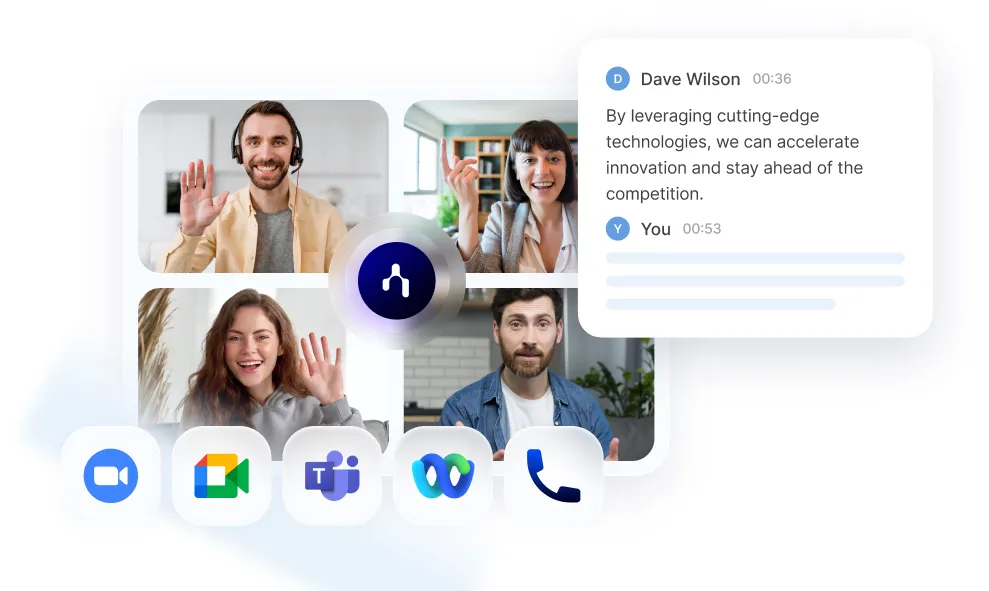
If you’re already using Google Meet’s native transcription, that’s a great start. But imagine never having to dig through an entire transcript to find a decision, or spending hours turning notes into tasks. That’s where Noota steps in to make your life easier.
- Real-time recording and transcription across platforms (Google Meet, Zoom, Teams) so you don’t miss a thing.
- A searchable dashboard: you can instantly find what was said, by whom, and when — no rewinding.
- Action-item extraction and task creation: decisions and next steps are pulled out automatically — saving you the manual wrap-up.
- Integrations with your tools: CRMs, ATS, productivity apps. When the meeting ends, the data flows where you need it.
Want to integrate more your Google Meet data in your workflow ? Try Noota for free now.
Get the work done for any meeting
Meeting transcription, AI custom notes, CRM/ATS integration, and more
Related articles

Forget note-taking and
try Noota now
FAQ
In the first case, you can directly activate recording as soon as you join a videoconference.
In the second case, you can add a bot to your videoconference, which will record everything.
Noota also enables you to translate your files into over 30 languages.

.svg)
.svg)
.webp)
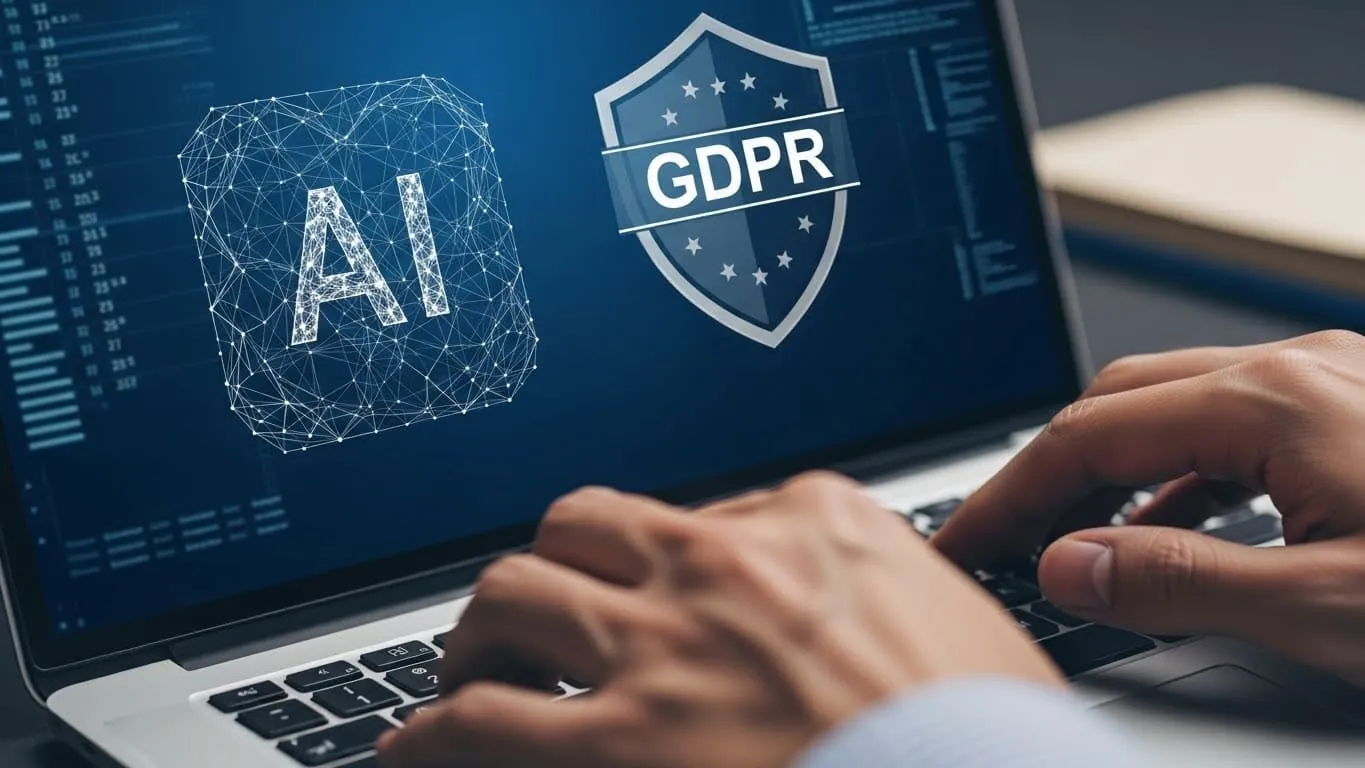
.png)
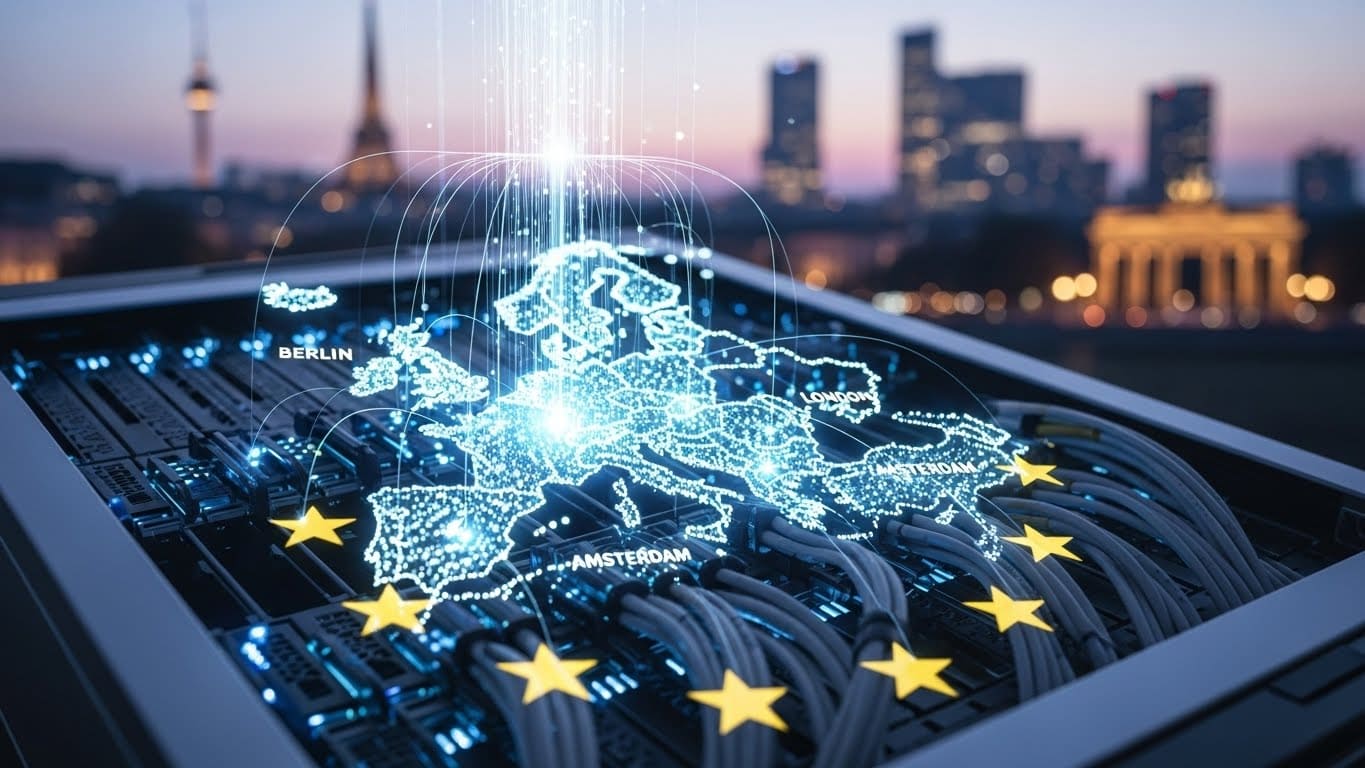
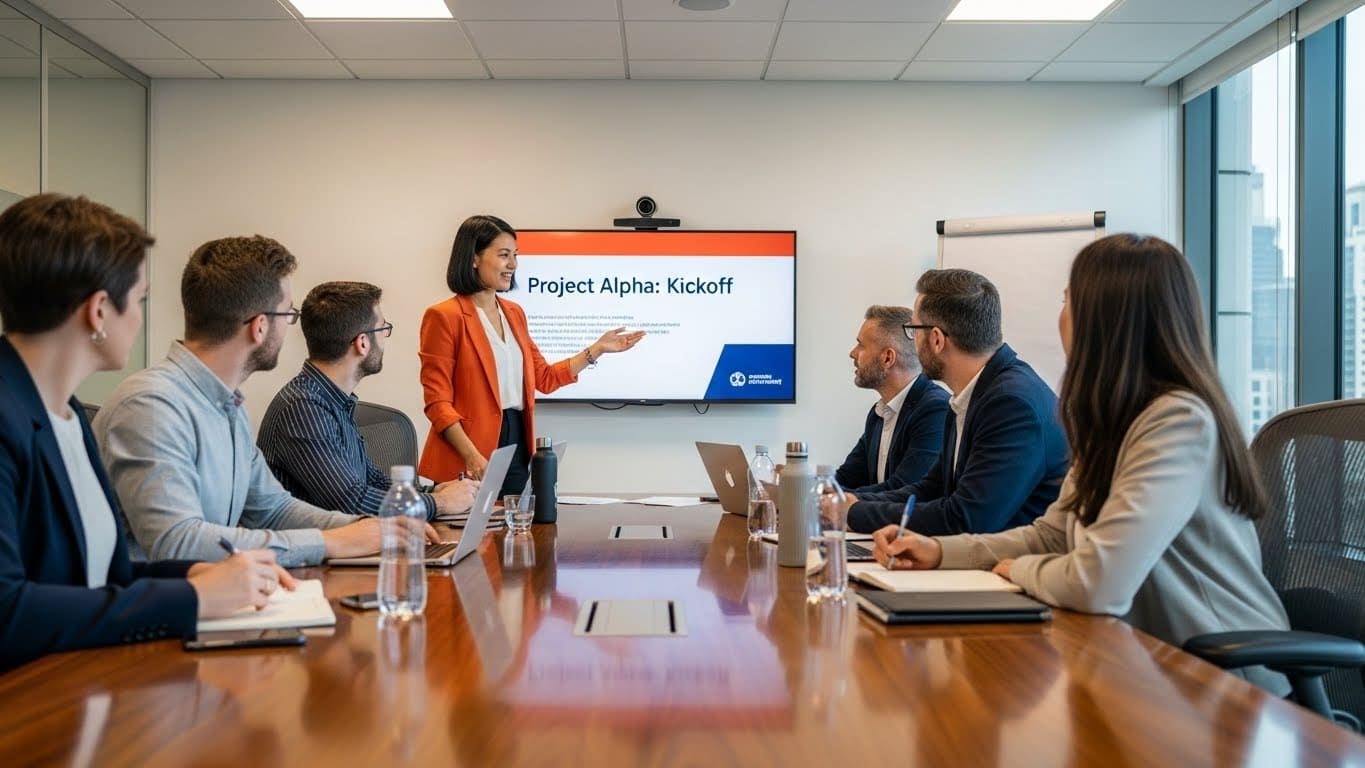
.svg)
